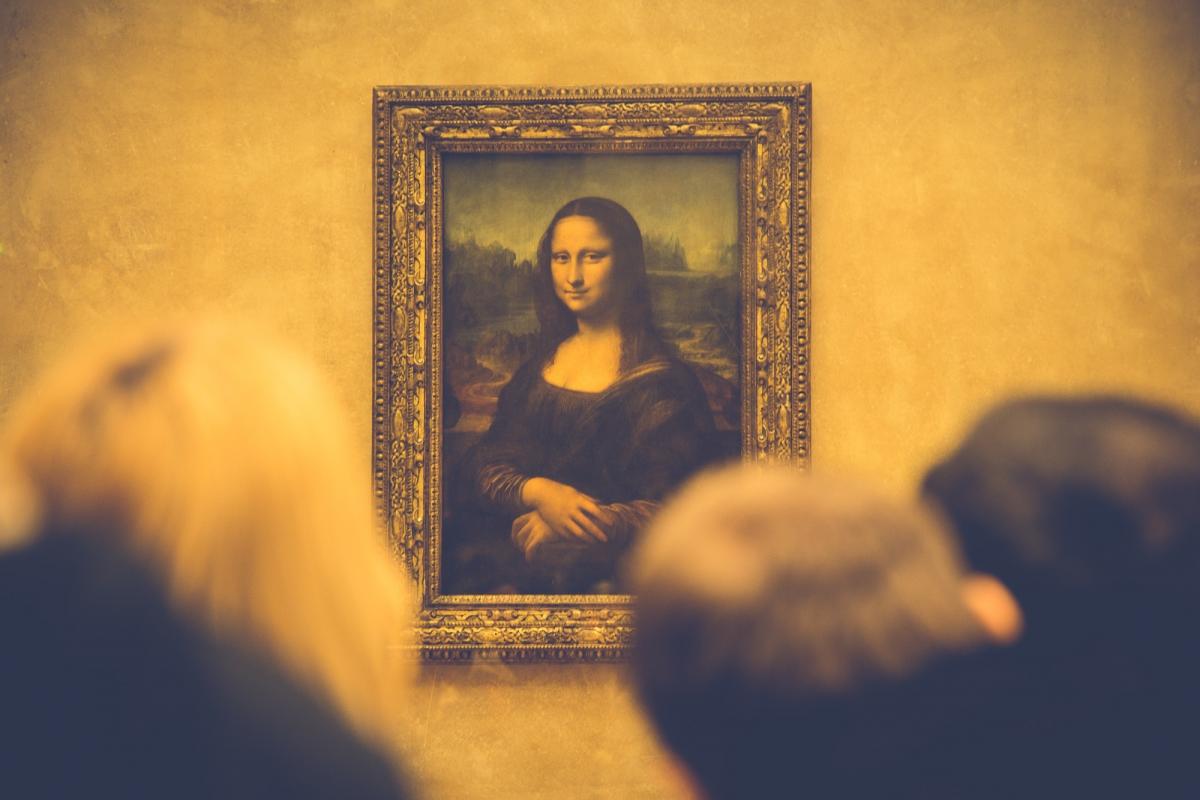Science and art Understand article
What are the links between science and art? There might be more than you think.
Science and art have often been perceived as mutually exclusive: scientists are believed to be rigid, logical thinkers, whereas artists are less rational and creative. But these stereotypes can be damaging, especially if students believe they must choose between following the path of arts or sciences. There are many examples, however, of individuals who do not fit this stereotype: Leonardo da Vinci was both a great artist and scientist; theoretical physicist Richard Feynman was also a semi-secret artist; and Albert Einstein – who believed that the greatest scientists were artists as well – was a keen musician.

Image courtesy of Pixabay
When science meets art
Science and art are complimentary, and graphic designer and computer scientist John Maeda believes that innovation is born when the two subjects come together. “Look at Apple’s iPod” he says. “A perfect example of technology that existed for a long time but that nobody ever wanted, until design made it something desirable.” To connect artists with scientists, some organisations are even bringing artists into their laboratories. CERN’s artists in residence programme, for example, fosters dialogue between prominent scientists and visionary artists at the world’s leading centre for particle physics.
When science helps art
The act of preserving art is an important science. In particular, science can explain why exposure to sunlight causes paintings to change colour, and it helps conservators to understand how antiques should best be restored, such as the silk curtains of King James II’s bed. At the Louvre in France, it’s even possible to look inside artefacts to discover what they are made of, without damaging them, thanks to a particle accelerator called AGLAE. Why not use Renaissance paintings to learn about the chemistry of pigment extraction, and consider the segmentation of paintings to learn about physics and mathematics?
When science is art
Finally, scientists can create intricate works of art actually using science. As synthetic biologist Tal Danino shows, even bacteria can create colourful patterns thanks to their unique properties. But sometimes, art is not just impressive to look at – it can also help our planet. Sculptor Jason deCaires Taylor, for example, creates human sculptures that he sinks to the ocean floor. There, they transform from lifeless stones into colourful, new habitats for corals and other marine life.





